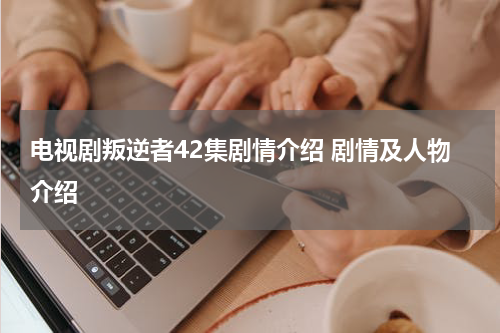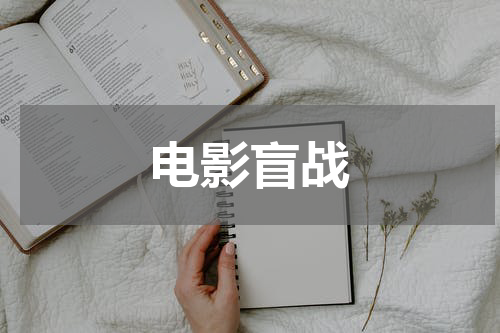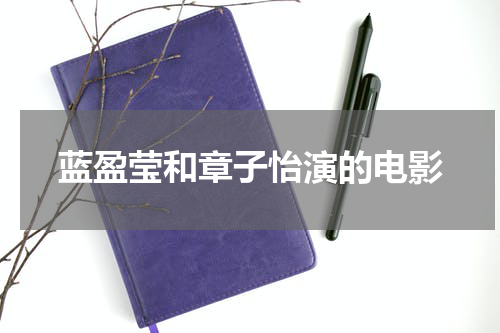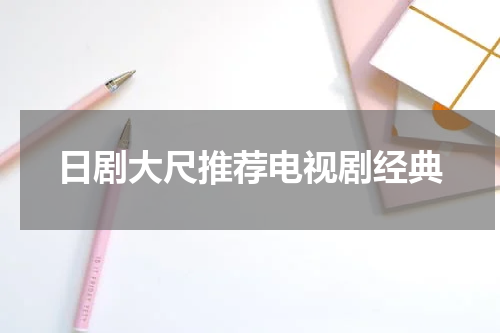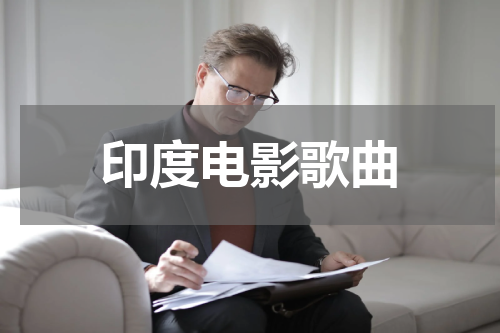BeijingOpera,alsoknownasPekingOpera,isatraditionalChineseoperathatoriginatedinBeijinginthe18thcentury.Itcombinessinging,dancing,acrobatics,andmartialartsinahighlystylizedandsymbolicmanner.Theoperafeat
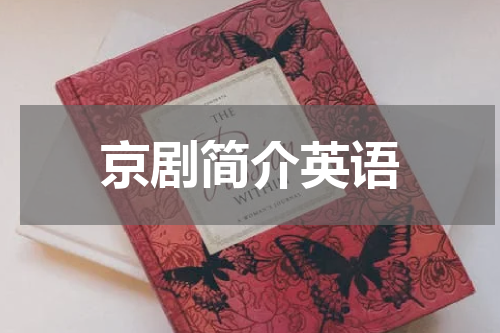
Beijing Opera, also known as Peking Opera, is a traditional Chinese opera that originated in Beijing in the 18th century. It combines singing, dancing, acrobatics, and martial arts in a highly stylized and symbolic manner.
The opera features elaborate costumes, makeup, and distinctive facial masks to represent different characters. The actors use exaggerated gestures, movements, and vocal techniques to convey emotions and express their roles. The plot often revolves around historical events, legends, or traditional Chinese stories.
There are four main types of roles in Beijing Opera: Sheng (male), Dan (female), Jing (painted face), and Chou (clown). Each role has its own distinctive characteristics and requires specialized skills. The actors go through rigorous training and apprenticeship to master their roles.
The music in Beijing Opera is accompanied by traditional Chinese instruments such as the Jinghu (a two-stringed fiddle), the Yuèqín (a plucked lute), and various percussion instruments. The melodies are often rhythmic and melodious, enhancing the performance and aiding in storytelling.
Beijing Opera is highly regarded as a national treasure in China and has been recognized as an Intangible Cultural Heritage by UNESCO. It has influenced many other forms of Chinese opera and has gained international recognition for its unique artistry and cultural significance.



